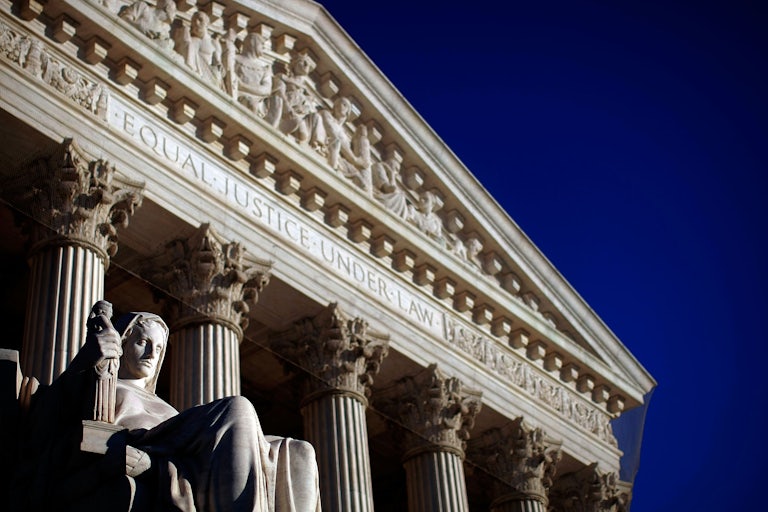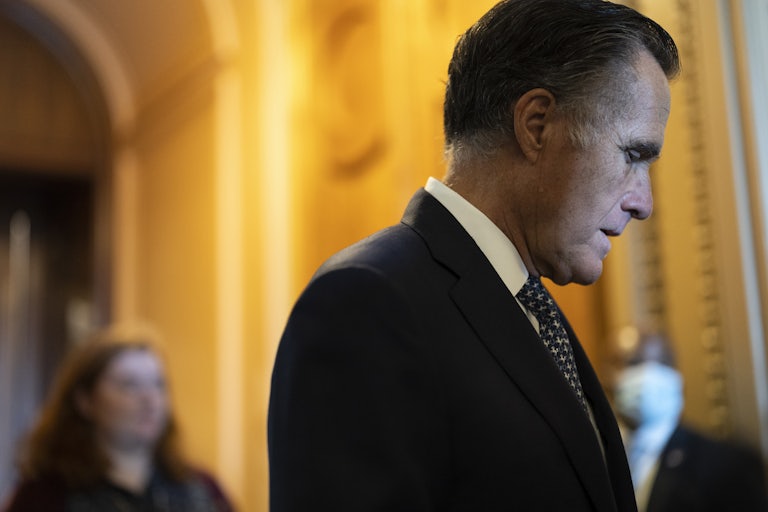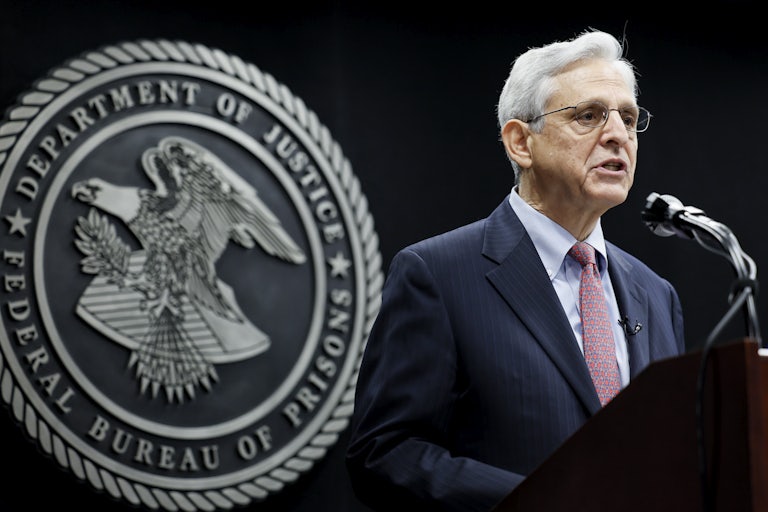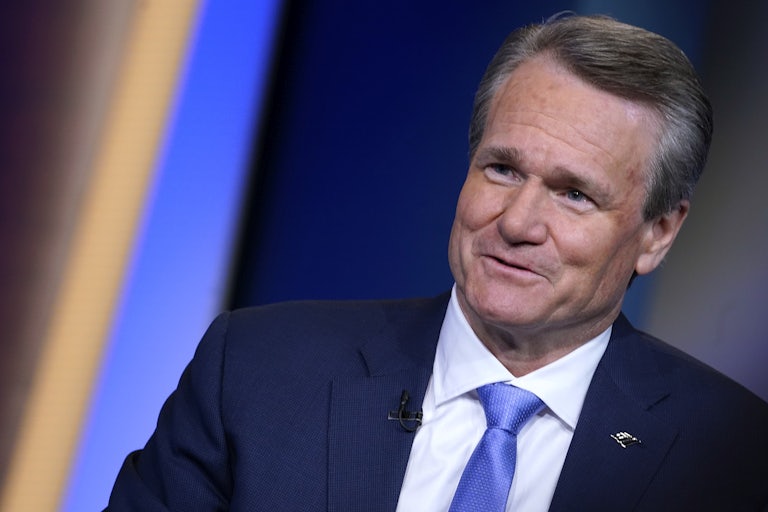The Loneliness of Donald Trump
The former president says he made several secret new friends during his time in the White House. Not that they did him any good.

Who will be the last author to write about the great mistake that was the Trump presidency? Maybe no one, and certainly not anytime soon. This week, a hungry media is gorging on a steady diet of scooplets from The New York Times’ Trump-whisperer Maggie Haberman’s new book, Confidence Man: The Making of Donald Trump and the Breaking of America, which comes out October 4. The arrival of this new deep dive has, predictably, resurfaced all the metamedia debates that arise anytime a tidbit-laden tome on the Trump presidency emerges, the most pressing of which is: Is it right for a reporter to hold back newsy scoops for a book deal?
As Alex Shephard explained on these pages, there are a lot of nuances to consider. But if you’re really hung up on the ethics of these arrangements, you can at least take solace in the fact that anytime one of these books gets published, all of the good parts end up getting excerpted in the media for free, so you never have to actually buy them. More pointedly, you might also cast a pitying glance on the whole Trump sector of the publishing industry because there is so little left to learn about the man. Yes, there are new incidents and accidents, hints and allegations, but the Trump story’s been the same ever since David Roth wrote the definitive piece on the man’s psyche back in 2017.
So, aside from the outcomes of a few legal imbroglios, what questions remain unanswered? Here’s where I’ll confess to having one long and lingering inquiry: Does Trump still think running for president was a good idea? And here, Haberman has hooked me in with a cryptic answer to that very question. Trump told her that it was worth it to become president because he made a bunch of secret famous friends.
“The question I get asked more than any other question: ‘If you had to do it again, would you have done it?’” Trump says, in part of the book recently excerpted in The Atlantic. “The answer is, yeah, I think so. Because here’s the way I look at it. I have so many rich friends and nobody knows who they are.” Nobody knows who they are? So, like, Spiderman?
The thing is, though, Trump having friends of any sort would be quite a development. This is not to say that his squad doesn’t roll deep. Trump has cronies and hangers on and a slew of enablers and fixers. He basks in the captive audience of whoever happens to be at Mar-A-Lago on any given day. He has a bunch of people we’d refer to as “known associates” (because they did crimes). He is on intimate enough terms with some conservative media types that they occasionally give him a ring to—you know—call off the coup he started. He has business partners who help him do more scams. He’s constantly in the company of an ever-worsening battery of attorneys. Heck, he’s even recently done a round of golf with his fraud bro Brett Favre.
But among this coterie of yes-men, bagmen, con men, and attorneys-at-flaw, does he actually like, have any real friends? By all accounts, Trump doesn’t elaborate in Haberman’s book. We just have to trust him that those secret friends are definitely with him, laughing just out of frame.
Believe it or not, this is a matter the media has already thought about a disturbing amount. Does Donald Trump have any real, honest-to-God friends? Like the type who listen to you and support you—and, maybe, tell you honestly when you’ve done something appalling? A 2016 New York Times piece identified two possible friends, only one of whom returned their calls. Other accounts suggest that billionaire financier Tom Barrack was his best friend. The two have since had a rather public falling out—though now that Barrack has been indicted for numerous crimes, perhaps the two will soon reconnect over their common struggles.
You know why I think Trump has never had any proper friends, the kind who aren’t afraid of telling him the truth? He became president of the United States. A real friend might have interceded: “Wait. You want to be president—like, THE president?” And from there, that person would maybe offer, “Aren’t you up to your solar plexus in real estate tax fraud? Which you’re currently getting away with? Do you really think that becoming the most scrutinized living human is a good idea?” There’s a reason most white-collar criminals lobby politicians rather than become them: They have someone in their lives to deter them from a wrongheaded ambition that would capsize their schemes.
The closest thing Trump had to a friend when he was deciding to run, it seems, was Howard Stern, who urged Trump to consider the fact that he “only had about 10 good years left before he ‘starts to drool’ on himself,” which were better spent at “leisure” instead of being responsible for every single thing imaginable. Unfortunately for all of us, Trump did not heed this advice! Sure enough, when Reuters caught up with Trump in April 2017, they found a regretful wretch, pining for the ease of his “previous life.” There can be no doubt that the Trump in the parallel universe where he didn’t run for president is infinitely happier, even if he didn’t make any secret friends (or lead our rapid descent into fascism).
In the end, Trump only has pallid and paltry answers to the question of why he decided to make the world-historical error in judgment to run for president instead of just being an idle rich celebrity. The good news is his future chroniclers won’t have to pursue these answers. Should Trump run for president again, we’ll know exactly why: He needs to hold that office to shelter himself from all the legal trouble he’s in. No one will ever again have to attempt to plumb the depths of this depthless man.
This article first appeared in Power Mad, a weekly TNR newsletter authored by deputy editor Jason Linkins. Sign up here.








